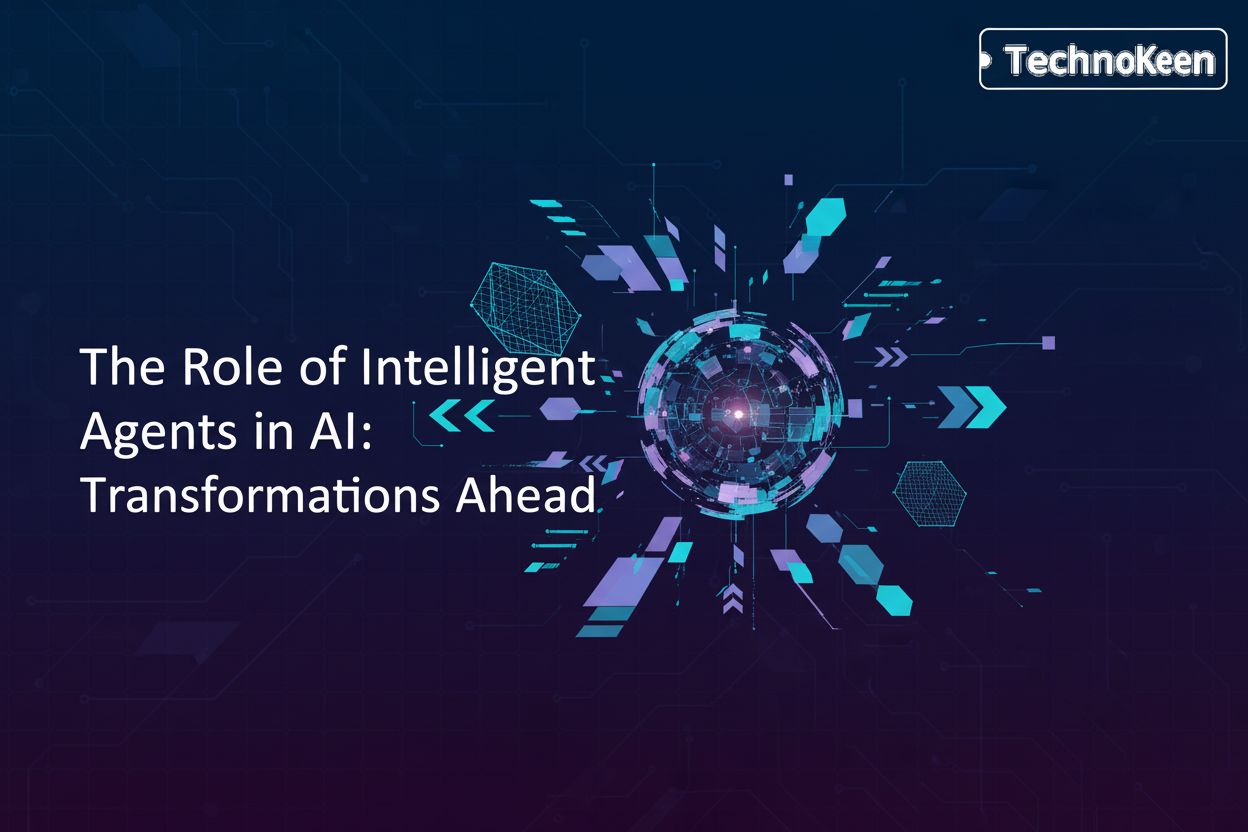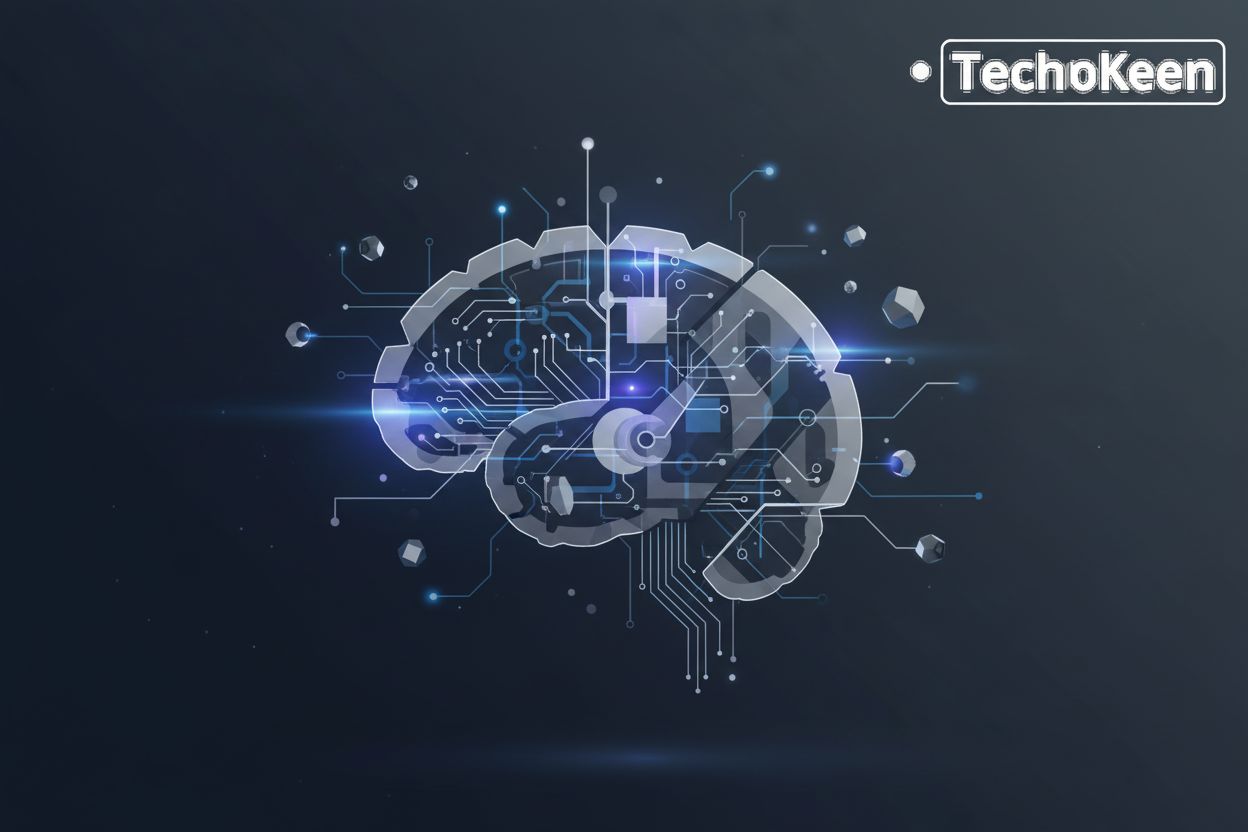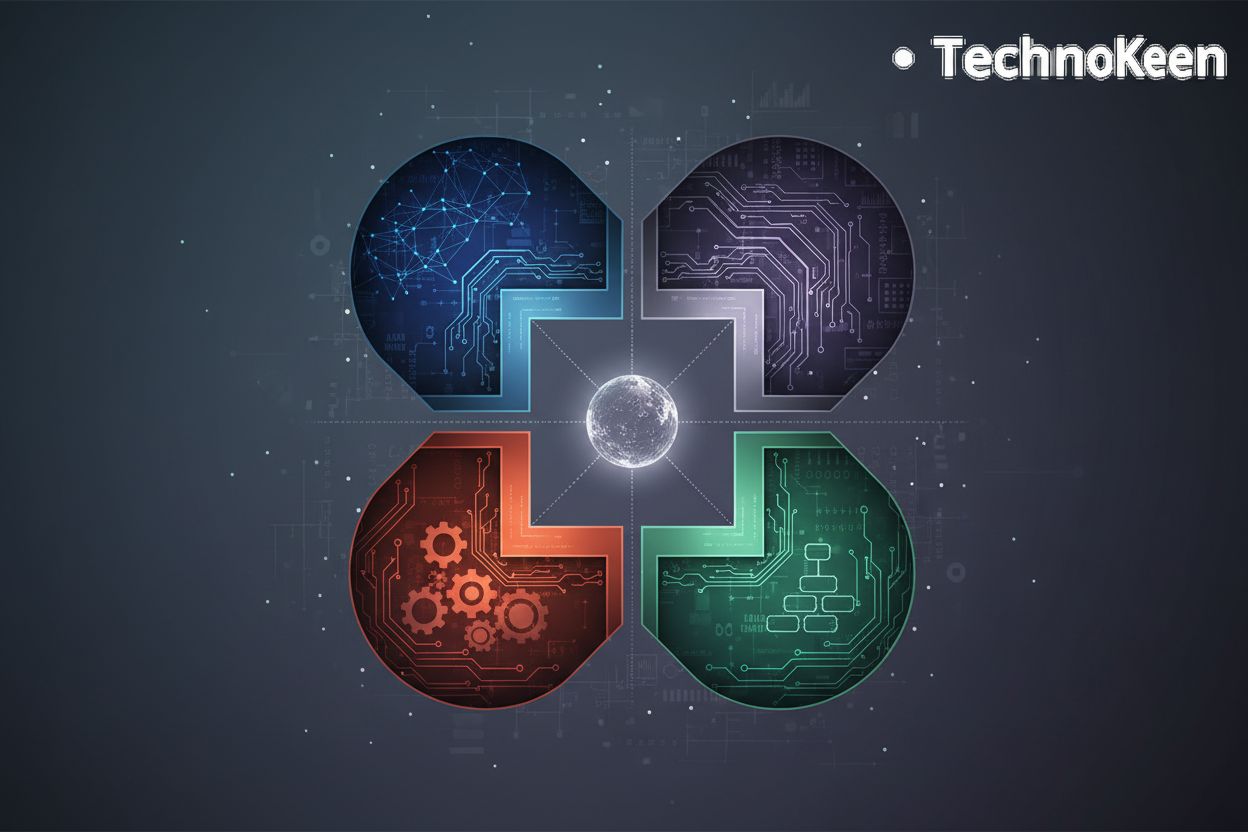7 Frameworks for AI Agent Development in Machine Learning Workflows
TL;DR
Introduction: The Rise of AI Agents in ML Workflows
Okay, so you're probably wondering what the deal is with AI agents in machine learning, right? Well, it's kinda a big deal.
Turns out, a lot of machine learning teams are stuck doing the same old tasks over and over. It is boring stuff like, you know, checking data and getting models ready. (Am I the only one feeling discouraged at the trajectory AI ...)
Traditional automation isn't always great at handling the complicated choices you need to make in ml, like when to retrain a model. (AI Integration vs. Traditional Automation: Which Is More ...) It is annoying actually.
That's where ai agents come in. In the context of ML workflows, an AI agent is an autonomous computational entity designed to perceive its environment, make decisions, and take actions to achieve specific goals, often with a degree of self-direction. Unlike traditional automation or scripting that follows pre-defined rules, AI agents can learn, adapt, and reason, enabling them to handle dynamic and complex tasks.
ai agents watch what's going on and make smart calls based on what they see. (Two AI agents on a phone call realize they're both AI and ...)
They can automatically retrain models, tweak settings, and make sure your data is good to go.
This all means teams can spend less time on boring stuff and more time coming up with new ideas.
Understanding these capabilities is crucial, and to effectively implement them, we need to explore the tools available. Next, we'll look at what to consider when choosing a framework to build these agents.
What to Look for in an AI Agent Framework
Okay, so you wanna figure out what makes an ai agent framework actually good? Well, I got you covered.
Here's a list of things that you should be looking for:
- Ease of Use and Learning Curve: Is it, like, drag-and-drop easy or code-till-you-drop hard? A good framework should be accessible to your team's skill level.
- Integration Capabilities and Compatibility: Does it play nice with your stuff? Can it hook into your existing systems, databases, and other tools?
- Flexibility and Customization: bend, don't break. The framework should flex to your needs, allowing you to adapt it rather than being forced into a rigid structure.
- Scalability and Performance: Can it handle all the data and workflows you throw at it? It should be able to grow with your projects without performance hiccups.
Next, we'll dive into some actual frameworks.
Framework 1: n8n – Visual Workflow Builder with Code Flexibility
n8n is cool, it's like if you mixed a drag-and-drop builder with code.
- It's great for automating data pipelines, connecting various services, and even incorporating custom code snippets for specific logic.
- It's got 400+ integrations, so it probably works with your stuff. For example, you could easily connect a Google Sheet to a Slack notification when a new row is added, or pull data from a CRM and push it to a data warehouse.
Next up, Semantic Kernel for big companies.
Framework 2: Semantic Kernel – Enterprise Integration Framework
Microsoft's Semantic Kernel? It's like they built it for enterprises wanting to play with ai, but, y'know, safely.
- Great for adding machine learning to old business apps.
- Automate compliance reports for your models: Semantic Kernel can orchestrate agents to gather necessary data and generate reports that adhere to regulatory standards, often by defining specific "skills" or functions that agents can call.
- Secure api stuff for your models: It provides robust mechanisms for managing access to your models and APIs, ensuring that only authorized agents or users can interact with them, often through defined authentication and authorization flows.
- Works across different platforms (c#, Python, java) - that's pretty cool.
Next up: use-cases for semantic kernel.
Framework 3: LangChain/LangGraph – The Python Powerhouse
LangChain? It's the python powerhouse, right? It's the goto for apps powered by llms.
- LangChain provides a modular approach to building LLM applications, offering components for prompt management, LLM interaction, data retrieval, and agent creation, making it easier to chain these elements together.
- LangGraph extends this, making complex workflows stateful. This means agents can maintain context and memory across multiple steps, enabling more sophisticated decision-making and task execution.
- Maximum flexibility for experimental workflows, that's cool.
- Perfect for research and experimentation, you know?
Next, we'll look at autogen.
Framework 4: AutoGen – Microsoft’s Multi-Agent Python Framework
AutoGen, from Microsoft, is all about teamwork, ai style! Think of it as a virtual team of ais collaborating on complex machine learning tasks.
- It allows different ai agents to handle data prep, training, and even evaluation. For instance, one agent might be tasked with cleaning and transforming data, while another focuses on hyperparameter tuning.
- You could also automate a/b testing with agents managing different conditions. Imagine an agent setting up two versions of a model, another agent running tests on each, and a third agent analyzing the results to determine the best performer.
- And get this, it helps with multi-objective optimization, where agents focus on different metrics! For example, one agent could optimize for model accuracy, while another simultaneously works to minimize inference latency.
Its pretty cool, and next up we'll look at another framework.
Framework 5: LlamaIndex – Data/RAG-Focused Framework
Okay, so LlamaIndex, huh? It's all about wrangling data for your ai agents, kinda like teaching them to read a library the size of the internet.
- Think of it as a data ingestion and retrieval powerhouse; it helps agents make sense of huge amounts of information. It indexes your data, making it searchable and accessible for LLMs.
- It's great for building smart systems around your existing model documentation and research.
- You can even use it for knowledge-augmented feature engineering, which is fancy talk for making your models even smarter with expert knowledge. This means LlamaIndex can help integrate external knowledge bases or documents into your feature creation process, leading to more informed and robust models.
LlamaIndex is strong because it can understand complex relationships between different types of machine learning artifacts; datasets, models, experiments, papers, and use this understanding to provide intelligent recommendations.
Anyway, next up, is Flowise.
Framework 6: Flowise – Visual No-Code Builder
Flowise, huh? It's like someone thought, "What if we just dragged ai workflows together?" Turns out, it's pretty useful!
- It gives you a visual interface to build ai stuff. This visual nature makes it easy to map out complex AI processes without writing extensive code, which is great for quickly prototyping ideas.
- It's pretty good for showing stakeholders what's up, or for teaching ml. The intuitive drag-and-drop interface allows non-technical team members to understand and even contribute to AI workflow design.
- You can even whip up simple model serving interfaces. These interfaces allow you to expose your trained models as APIs, making them accessible for other applications or for demonstration purposes.
It's kinda cool for those times you need a quick prototype, or heck, even a data quality dashboard. It excels at bridging the gap between technical teams and, well, everyone else.
Up next, we'll look at a framework that takes a minimalist approach.
Framework 7: SmolAgents – Minimalist Python Framework
SmolAgents? It's like the anti-framework, haha. Think of it as a toolkit for building ai agents – but with only the essential bits.
- Its great for custom research where you don't need all the bells and whistles.
- You can use it for model stuff on devices with low memory is important. Its lightweight nature makes it ideal for deployment on edge devices or environments with limited computational resources.
- It's also good for teaching, because you can see exactly how it does it. The small codebase, around 1,000 lines, means it's easier to understand, modify, and debug, making it a fantastic learning tool.
If you want total control, this might be your jam. Finally, we'll discuss how to choose the right framework and then wrap things up.
Choosing the Right Framework for Your Team
Okay, so you've seen the frameworks; time to figure out what fits your team, right? No sweat, I got you.
- Team size matters, honestly. Small team? n8n or Flowise might be your jam. They're quick and easy to pick up because their visual interfaces and pre-built integrations minimize the initial setup and learning curve.
- Got a big team doing crazy experiments? LangChain/LangGraph or autogen could be better. They're more complex but super flexible, offering the deep customization and multi-agent capabilities needed for advanced research and development.
- If you're in a big company and need something that plays nice with all your old systems, Semantic Kernel is probably the way to go. Its enterprise-grade features and cross-platform support make it ideal for integrating AI into existing business infrastructure.
- Need something for research or teaching? Check out smolagents; it's simple and gets straight to the point, you know? Its minimalist design and transparent codebase make it perfect for understanding core agent concepts.
Next up, let's wrap things up.
Conclusion: Embracing AI Agents for Efficient ML Workflows
So, we've been through a lot of frameworks, right? It can feel like a lot to take in, honestly.
- AI agents ain't about replacing folks; it's about amplifying what they're already good at. They handle the boring, repetitive decisions, freeing up human talent for more strategic and creative tasks. This amplification leads to increased efficiency, faster innovation, and reduced manual effort in ML workflows.
- All these frameworks? They're just different paths to the same goal. Some are drag-and-drop, some need coding skills.
- Don't try to boil the ocean, start small. Automate one workflow, see what happens, and go from there.
It's gonna be interesting to see how this agent stuff evolves, right?




